Title: Understanding Time Across the Solar System's Planets
Written on
Chapter 1: The Nature of Time on Other Planets
Time is an invaluable asset for humanity, and it’s something we can never recover. This fascination has led me to explore how time varies beyond Earth. Surprisingly, the concept of "time" is not consistent across the solar system. For instance, while a year on Earth is significantly shorter than a year on Saturn, our day is notably longer than Saturn's. In contrast, a single day on Venus is almost equivalent to a year on Earth. What accounts for these differences?
Let’s delve into this intriguing subject.
While the passage of time remains constant, the perception of it varies due to two primary factors: the rotational speed of a planet, which determines the length of a “day,” and the planet’s orbit around the Sun, which establishes the duration of a “year.” These elements create fascinating contrasts in how time is experienced on different planets. Today, we’ll explore the time measurements on various planets in our solar system, starting with...
Time on Jupiter
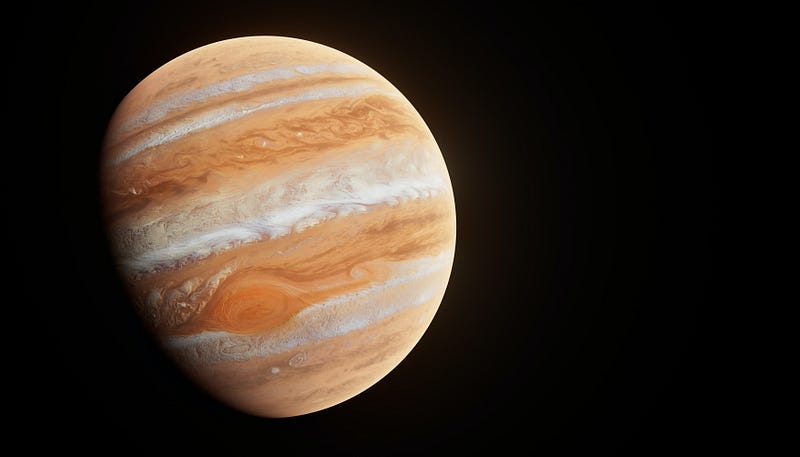
Jupiter experiences remarkably short days, completing a rotation in just about 10 hours. However, it takes roughly 12 Earth years to orbit the Sun, making its year quite lengthy. Fun fact: Jupiter is the largest planet in our solar system, dwarfing all other planets combined.
Time on Mars
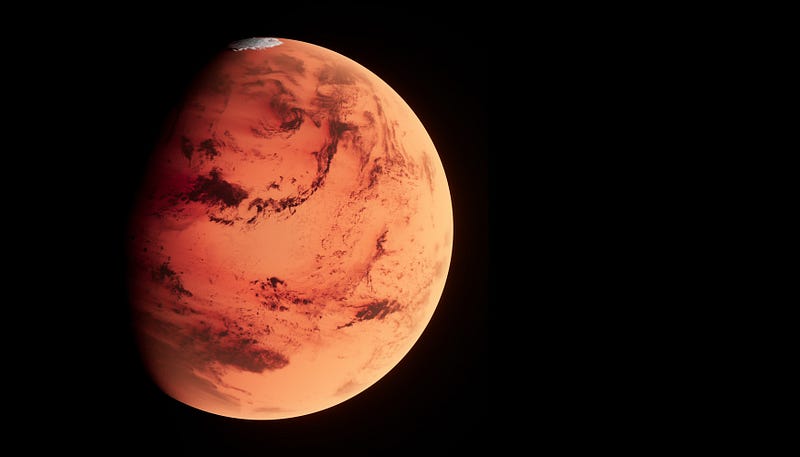
Mars rotates similarly to Earth, resulting in a Martian day that closely matches an Earth day. However, a year on Mars spans 687 Earth days due to its slower orbit and greater distance from the Sun. Interestingly, Mars has four seasons, similar to Earth, but these seasons last nearly twice as long.
Time on Mercury
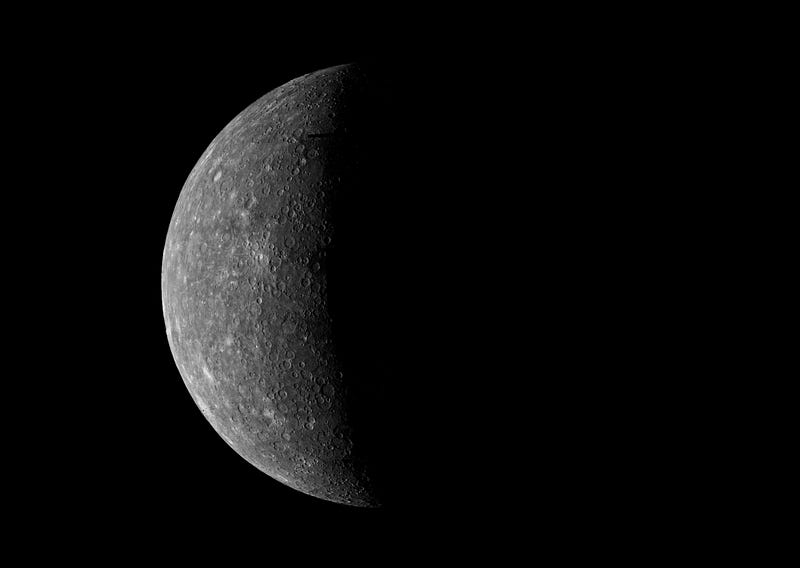
Mercury has an exceptionally slow rotation, taking 59 Earth days to complete one day. Conversely, it orbits the Sun very quickly, completing a year in just 88 Earth days. Despite lacking a moon, Mercury's surface bears a striking resemblance to Earth's Moon.
Time on Neptune
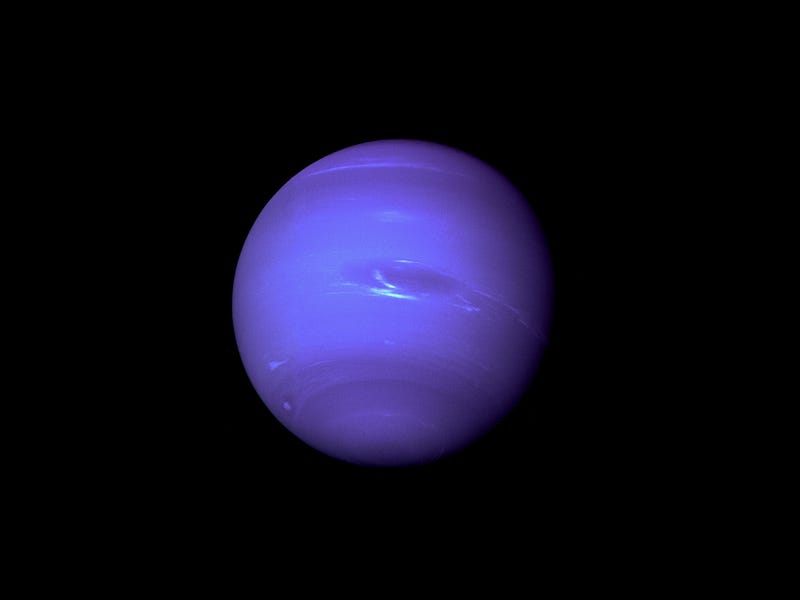
Neptune completes a rotation in about 16 hours, making its day a bit shorter than Earth's. However, due to its extreme distance from the Sun, a Neptunian year lasts approximately 165 Earth years. The temperature on Neptune is frigid, with powerful winds constantly sweeping across its surface.
Time on Saturn
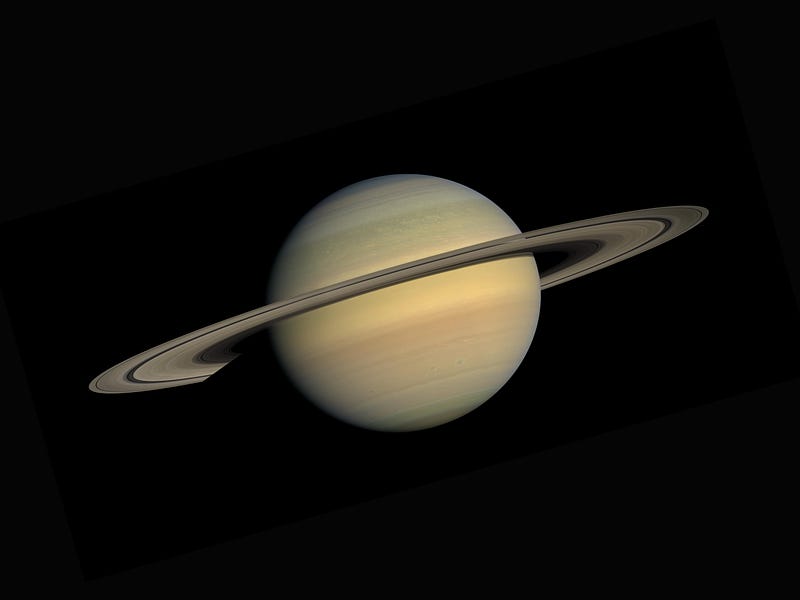
A day on Saturn is around 10 hours long, while its year spans about 29 Earth years. Saturn has over 50 moons, some of which may have the potential to support life.
Time on Uranus
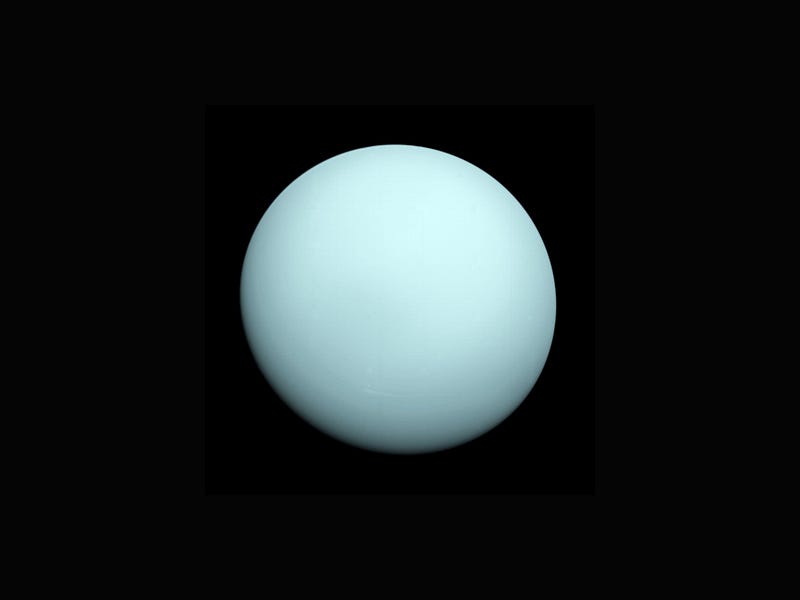
Uranus rotates on its axis in roughly 17 hours, which is fairly average. Its orbit around the Sun lasts about 84 Earth years. Uniquely, Uranus rotates on its side and spins from east to west.
Time on Venus
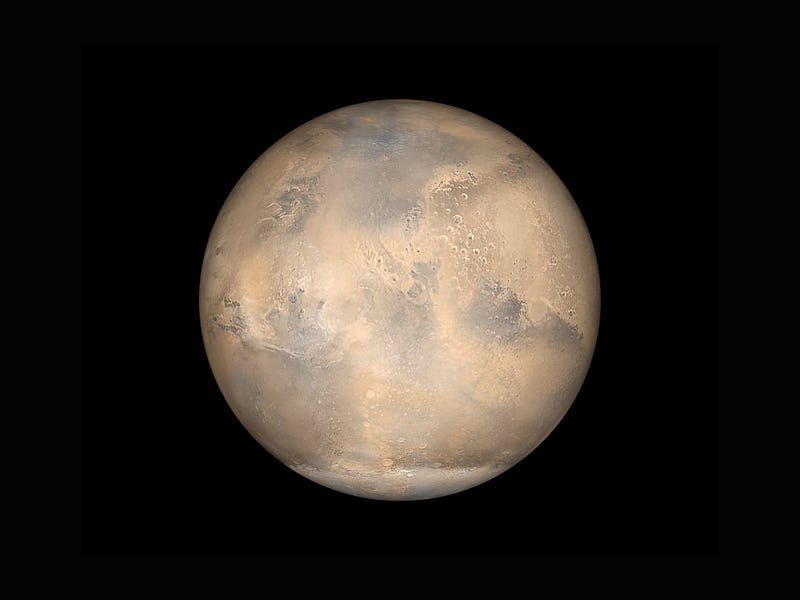
Venus has the slowest rotation, taking 243 Earth days for a single day, while a year only takes 225 Earth days. This means a day on Venus is longer than its year. Additionally, Venus is enveloped in toxic clouds that emit a smell reminiscent of rotten eggs.
I hope you found this exploration of time on different planets as engaging as I did while researching. Feel free to share your thoughts in the comments!
Chapter 2: How Planetary Movements Influence Time
The first video, How Earth REALLY Moves Through the Galaxy, offers insights into Earth's unique movement and its implications for our understanding of time.
The second video, How the Movement of Other Planets Affects Earth — Yes, Really, delves into the ways in which the motion of other planets can influence Earth's timekeeping.